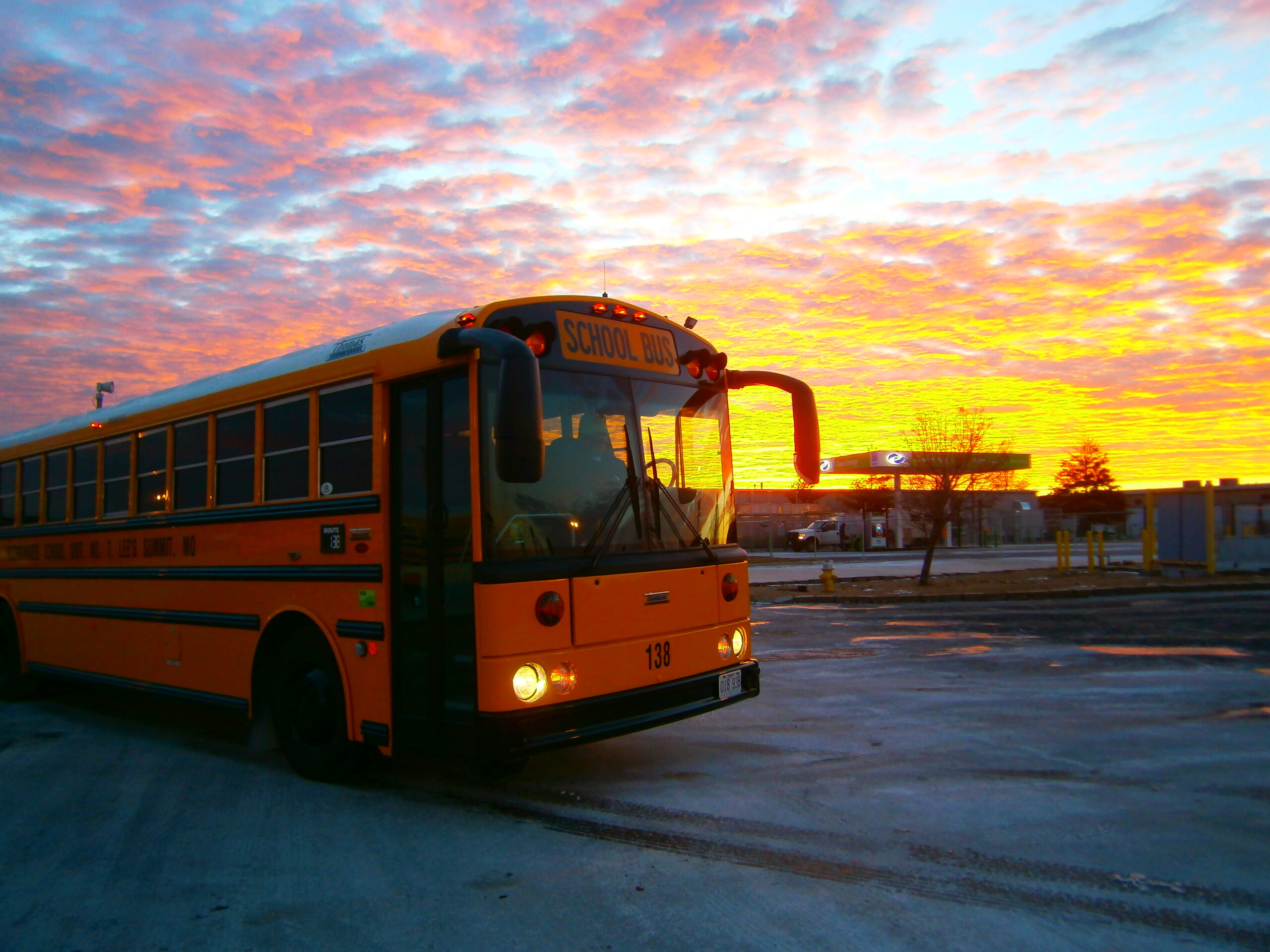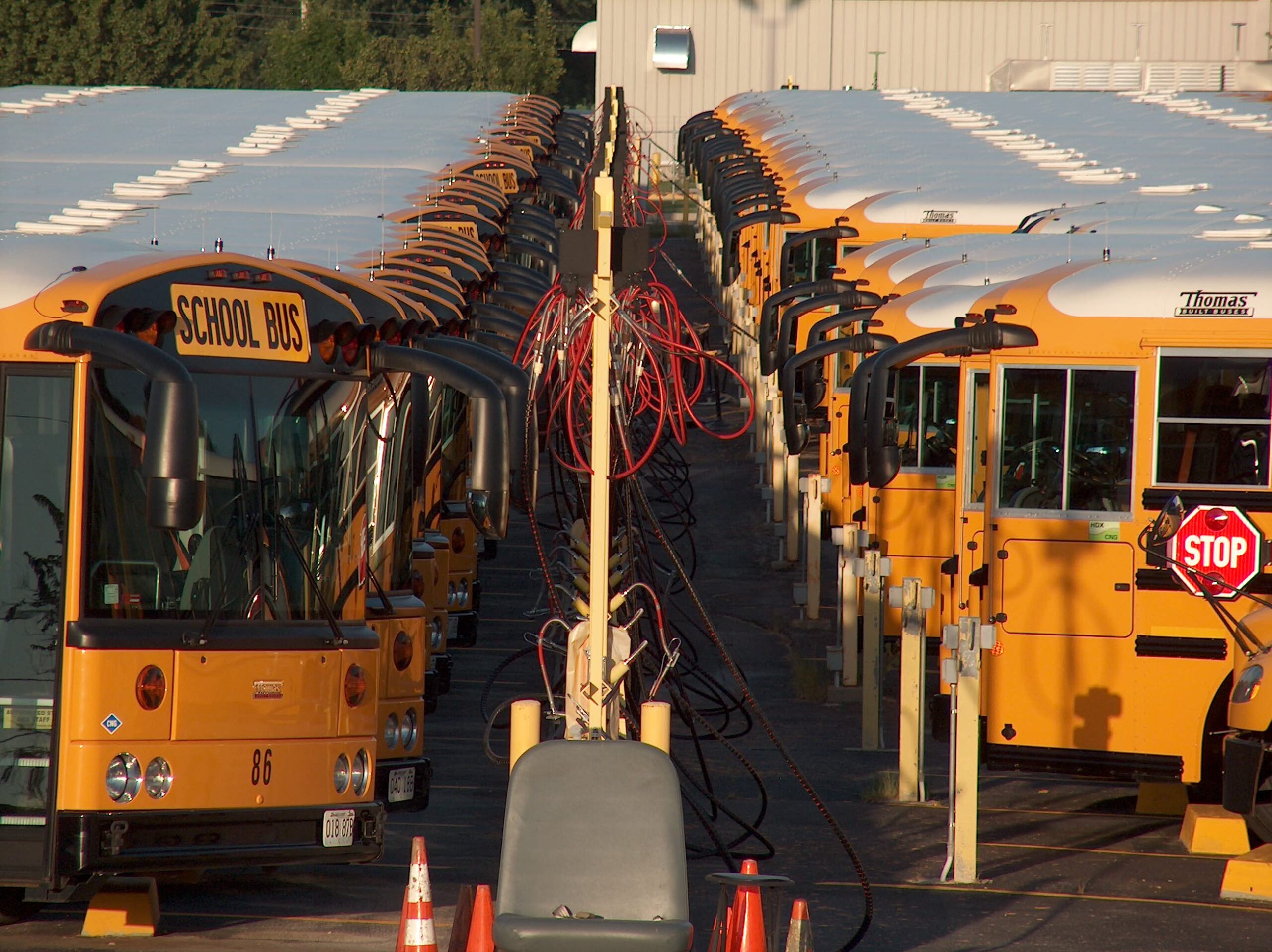
Just southeast of Kansas City, Lee’s Summit School District spans 117 square miles serving nearly 19,000 students, with 14,000 utilizing school transportation services on a daily basis. The district accommodates anywhere from 5,000 to 6,000 field trips and sporting events a year, covering approximately 2 million miles, and operating with a staff of just 220, from bus drivers and mechanics to office and operations.

“Typically, we have a school startup and we’re set for the year,” said Keith Henry, Lee’s Summit director of transportation. “This year, it felt like we had five school startups. There have been a lot of challenges and we’ve had multiple changes.”
When COVID-19 hit last spring, Lee’s Summit School District, like many others, was forced into closure. With funding based on daily enrollment and attendance figures, and students rapidly transitioning to remote learning, the district’s concern over staff and driver compensation quickly rose.
“We went into a stage of paranoia as we started going through the shutdown process,” Henry said. “As the director of transportation, I was worried about my staff. You cannot be remote as a school bus driver. That is when we began to have conversations about how we could support staff. Just like that, some information started coming from our state and we went from delivering kids to delivering meals.”
With their focus shifted to food deliveries, the district was able to keep drivers active while maintaining compensation, benefits, and retirement plans.
First delivering to individual schools and eventually the entire district, drivers would visit school bus stops daily, providing access to meals. With students still engaged in online instruction, deliveries were carefully coordinated to follow virtual class schedules, providing a one-hour window to distribute meals across the district.
“There were a lot of things we had to consider,” Henry said. “Adjusting to our kiddos with special needs that maybe couldn’t access the bus stop, young kids who were home alone and couldn’t make it out to the stop by themselves. So we had a lot of tailoring to do, but we had to keep it within reason or we wouldn’t be able to meet the mission.”
Currently operating with 112 buses, each covering multiple routes, the district has quickly adjusted from online to hybrid learning, with a fraction of students attending in-person classes twice a week while others attend four times a week. As children slowly return to in-person classes, the district continues to work toward the safety and comfort of students and staff through the development of a new sanitization system utilizing Aquarius ozone.
“The drivers really like it,” Henry said. “it doesn’t involve any harsh chemicals and virtually no harm to humans. It is just a water with an extra oxygen module and 24 hours after utilization, it turns into water. It’s a very good disinfectant for us to use it and has at least no by-product or anything else harmful.”
Additionally, students are required to board from the back of the bus to the front and, while bus capacity is no longer limited, the district has implemented assigned seating based on relation, neighborhood, and grade.
“Parents have blindly trusted us,” Henry said. “They put their children on our bus every day, without thinking twice. We want to maintain that trust, but we need people to start thinking about us because that is the only way we are going to attract and retain personnel. If you cannot find drivers, you can’t provide the service.”
With 30 percent of students opting to attend virtual classes only, the district was able to condense 20 plus bus routes over the past year. However, with those students returning to school in the coming year those routes will need to be reincorporated into the system, calling for a major increase in drivers.
“If you have to add those bus routes back, you’re going to need staffing,” Henry explained. “So now we try to meet that need, but also we’re developing contingency plans. If we cannot meet the need, what are we going to do different as a district to still provide service? Maybe it looks and feels different, but we will find a way.”


